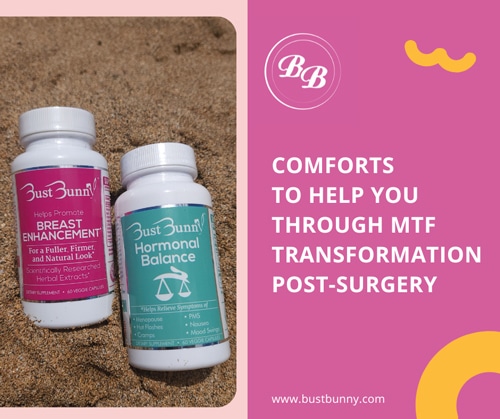Limited time offer!
JULY SALE, use code "JULY10" to get 10% OFF
There are various ways to achieve your physiological goals during your MTF transition. These might include using breast enhancement supplements, undergoing hormone therapy, or going under the knife.
Gender transition or reassignment procedures are considered medically necessary for transgender women and men. That’s because these procedures offer a myriad of benefits, which include:
As with any other operation, MTF transition procedures are physically and emotionally taxing. Furthermore, they may result in health complications, such as soreness and swelling.
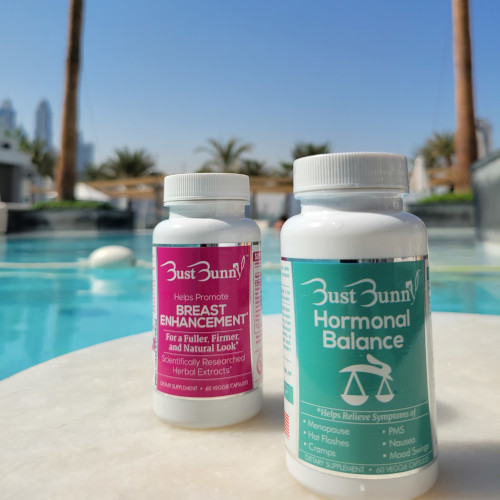
Therefore, it’s important to be aware of what to expect before, during, and after the operations.
Post-op comforts are especially important because they determine how well and fast your scars will heal. Below are the top four comforts you need to help you recover after MTF transition operations.
After a vaginoplasty, your body will register your neo-vagina as a wound, and it can take up to a year to fully heal. After the procedure, you will need a vaginal dilator to stretch your vaginal canal regularly for at least a year. Dilation post vaginoplasty is essential for the following reasons:
Health professionals advise patients to start using a dilator several days after the operation and to continue using one to some degree for the rest of their lives. They’ll also advise you on the size, technique, and dilation schedule best suited for you.
Below is a table illustrating the recommended dilation frequency post-op.
| When? | How Many Times per Day | For How Long? |
| 0–3 months post-op | 2 times/day | 10–30 mins each time |
| 3–6 months post-op | Once a day | 10–30 mins each time |
| After 6 months post-op | 1–3 times per week | 10 mins each time |
| After 9 months post-op | 1–2 times per week | 10 mins each time |
| Two years post-op | Weekly or twice a month | 10 mins each time |
Dilation therapy requires you to start with the largest dilator that fits comfortably in your neo-vagina immediately after the procedure. You can then introduce larger dilators as the weeks progress.
Post-operative vaginal dilation is quite uncomfortable and requires the use of a lubricant to prevent pain and any tears.
Expert Tip: Chilling your dilator helps to combat the swelling that’s common after a vaginoplasty.
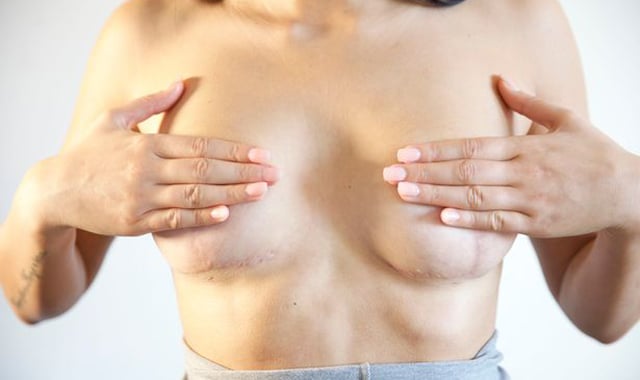
Ice packs are essential for the MTF transition post-op recovery process. The use of ice to treat post-operative wounds is known as cryotherapy and can be useful in the following ways:
Cold reduces pain, inflammation, bruising, and swelling by allowing more oxygen to flow to the cells in the affected area. It also slows down cell metabolism, reducing the amount of oxygen needed.
In addition, cold temperatures reduce both the pain sensitivity of the nerve endings as well as bleeding within the affected tissues.
There are several types of ice packs you can use after an MTF transition operation. For example:
Expert Tip: Avoid placing the ice packs directly on your skin as it can be uncomfortable and may hurt your skin. Instead, wrap the packs with a piece of cloth to act as a barrier between your skin and the ice.
The first two months following reassignment operations are usually the most grueling.
For instance, you won’t be allowed to sit for prolonged periods for at least 4–6 weeks following a vaginoplasty. Thus, you may need some help sitting for the first few weeks.
A donut ring or pelvic cushion is ideal to help you sit more comfortably and relieve pressure off your neo-vagina.
Additionally, a combination of top and bottom operations will require you to adapt to sitting either upright or at a 45-degree angle. Recliner seats can help with this, but if you don’t have access to a recliner, you can get body pillows to help you manipulate your body into various comfortable positions.
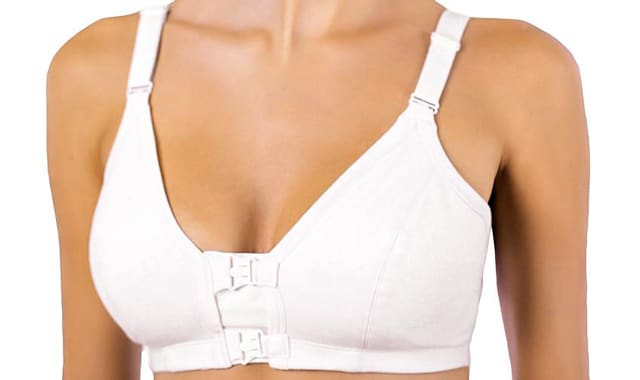
Compression garments are a reliable companion post-op. They ensure you get your desired results by holding everything securely and preventing complications such as inflammation and fluid buildup.
There are many other reasons to use post-op compression garments. These include:
For the first two weeks, it’s recommended that you wear your compression garments around the clock. You are only allowed to take them off when bathing or dilating.
Afterwards, you can wear the garments for half of the day, either during the day or at night. The period you wear the garment depends on the procedure you had, and the extent of the operation.
The right post-op compression garment needs to be strong and snug yet gentle enough not to put too much pressure on the operated part of your body. Here’s how you know that you found the best:
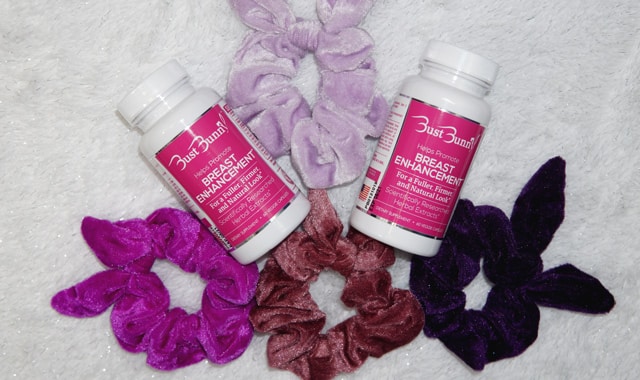
Bust Bunny is a family-owned business that was founded by Shawn Athoot in 1999. Shawn, a Biochem major, leveraged his love for science and entrepreneurial spirit to start selling health and beauty products online while still a teenager.
A few years later, he sought his brother’s advice and funding to buy and grow an established breast enhancement supplement business.
That business is what we know as Bust Bunny today.
The growth of the business heavily relied on Shawn’s passion for helping women improve their health and boost their confidence. As such, the business was aimed at creating a natural alternative to breast augmentation, which was the path many took to achieve bigger breasts.
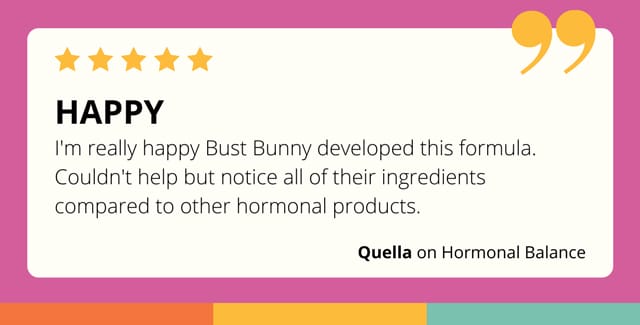
Bust Bunny Breast Enhancement supplements were born as a result of listening to feedback, reading thousands of reviews, and implementing changes to create a quality product that’s highly appreciated by women from all walks of life.
“Nice improvement without operations
Bust Bunny has been amazing. Within the first month I was already seeing a difference and feeling so much more confident!”
– Bree
Our all-natural supplements are made with phytoestrogenic herbs containing hormones and natural hormones that boost breast tissue development.
Bust Bunny’s Breast Enhancement supplements can also help you achieve other changes you desire as you go through your MTF transition. These include:
Here’s how our supplements have helped other women:
“Worth the money and safer than operations
Bought this for my wife. After a little more than two months she went from a C cup almost up to a D size. More natural…”
– Sayd1
The general range for MTF transition costs is between $5,000 and $30,000. Breast augmentation is on the lower end of the range, while genital reconstruction and facial feminization procedures will rarely cost less than $10,000.
It takes about six to eight weeks to recover well enough to be able to go back to your everyday activities.
However, the recovery period varies from one person to the next. This is especially true considering you may need to undergo several procedures, all with different recovery processes and periods.
The best way to optimize your healing and recovery journey is to follow your healthcare provider’s instructions to the letter.
The provider will give you specific instructions, for example on how to care for wounds, and they’ll request follow up appointments.
These appointments allow the healthcare providers a chance to assess how you’re healing, and they can take immediate action in case you develop complications.
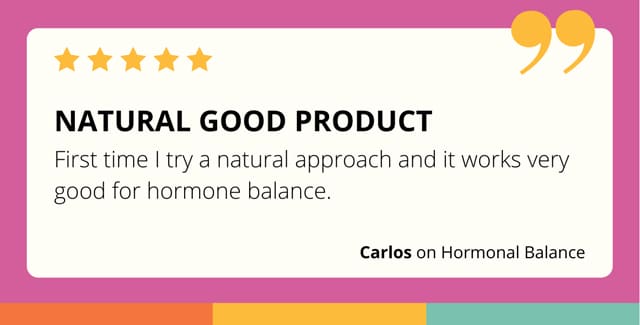
Share on Instagram:
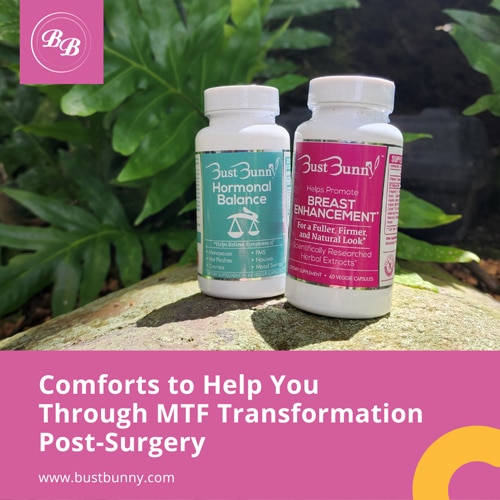
Share on Facebook:
